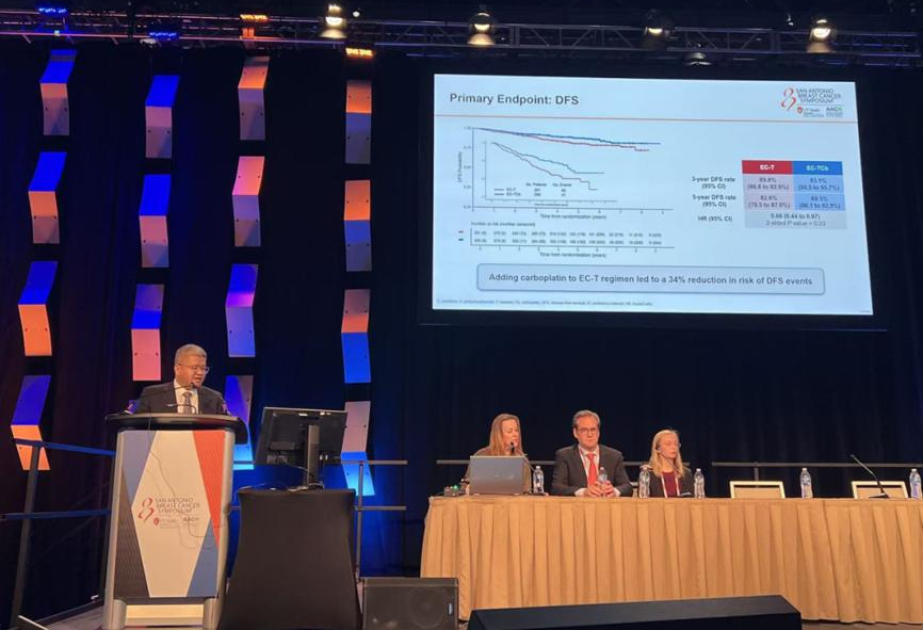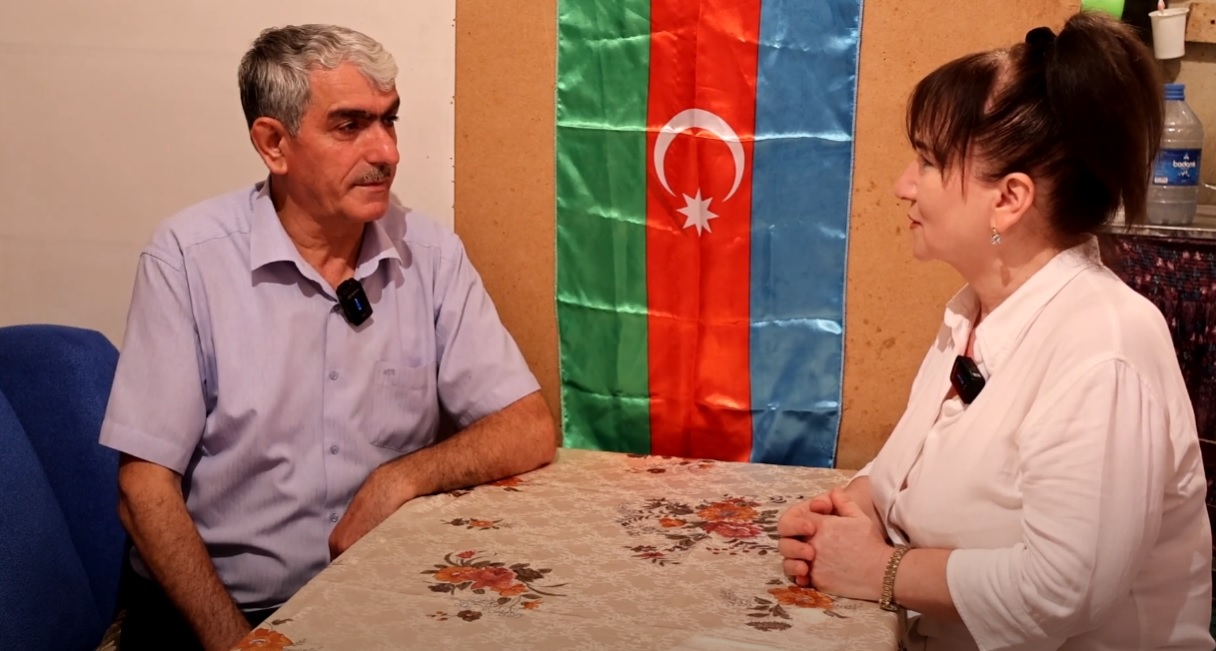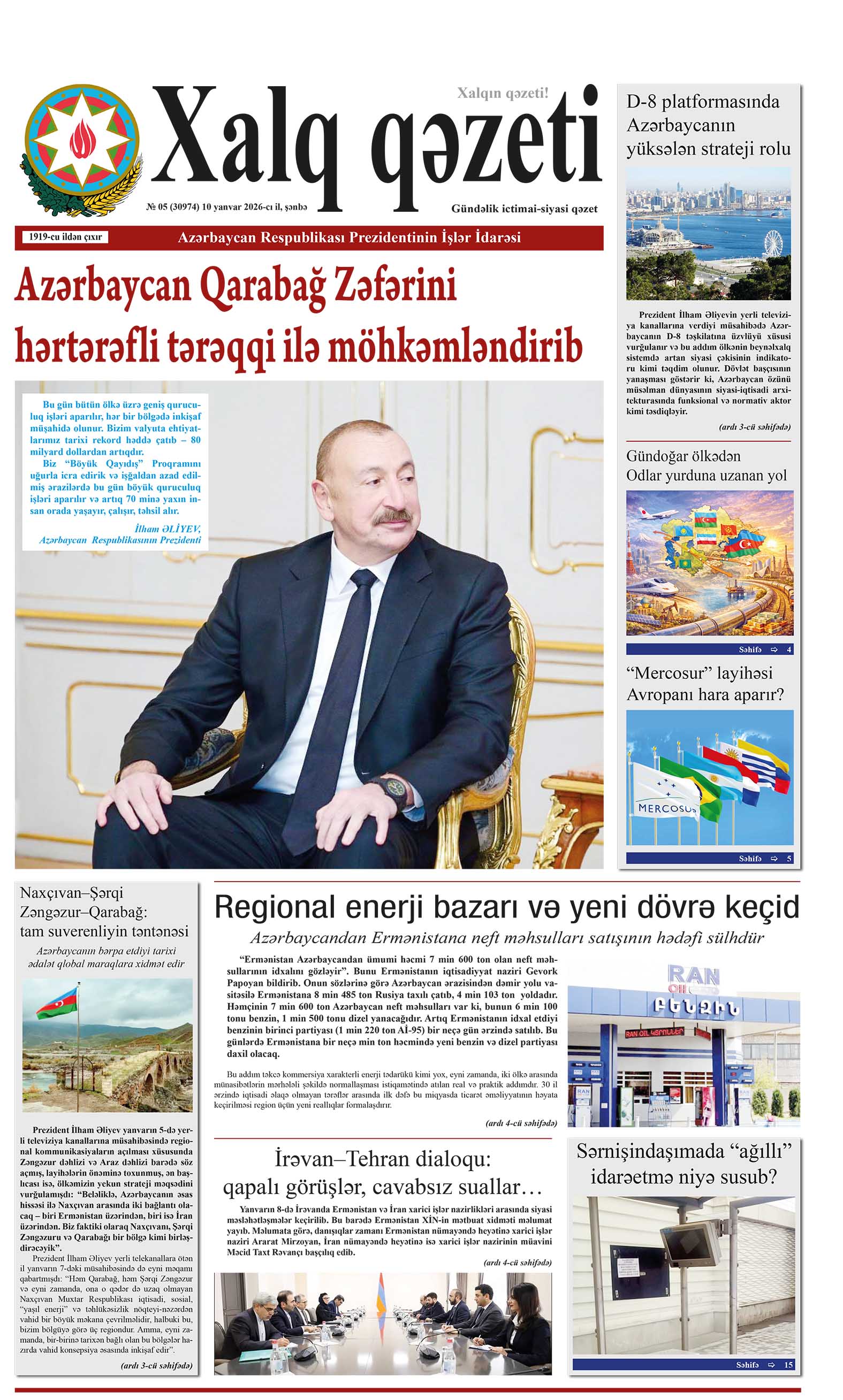Israel’s Ministry of Health has released its 2023 Diabetes Status Report, providing the most detailed snapshot yet of the disease in the country, according to the Press Service of Israel (TPS-IL).
696,121 Israelis aged two and older are registered as diabetic, representing 7.4% of the population. Diabetes becomes increasingly common with age, affecting one in three people aged 65 and above.
The report highlights patterns that underscore social and regional disparities. From age 35, men have higher rates of diabetes than women. Lower-income neighborhoods face disproportionately higher rates, while Arab and Bedouin populations experience both higher prevalence and more difficulty controlling the disease compared with the Jewish population. Geographic differences are also evident: age-adjusted diabetes rates are lowest in central districts such as Tel Aviv-Yafo, Petah Tikva, and Rehovot, as well as in Judea and Samaria, but highest in the Golan Heights, Jezreel, Hadera, and Acre districts.
“For over a decade, the Ministry of Health has led national initiatives to tackle obesity and diabetes,” said Prof. Little Keenan, Director of the National Center for Disease Control. “Diabetes continues to place a heavy burden on public health, particularly among the elderly. The data show the disease is more common and less well controlled in Arab communities and low-income populations. It is crucial to continue programs that raise awareness and encourage disease management in these groups.”
Between 2012 and 2023, the number of diabetics increased by 0.9% annually, though age-adjusted prevalence has remained stable. Rates rose among children, adolescents, young adults, and those over 85, while a slight decline was seen among people aged 45–64. Complications remain significant: 20.6% of diabetics aged 25 and older have poor kidney function, 0.6% are on dialysis—diabetes being the primary cause in nearly 70% of these cases—1.1% are eligible for blindness certification, and 0.9% have undergone limb amputation.
The Ministry emphasizes prevention alongside treatment. Dr. Moran Bleichfeld Magnazi, Director of the Nutrition Division, said, “Promoting a healthy diet, physical activity, and a healthy lifestyle are the most effective tools for reducing illness. We work with local authorities, schools, health funds, and other partners to create supportive environments and make healthier choices accessible. Our aim is to reduce health gaps and help all populations maintain a healthy lifestyle across every age and sector.”
Key initiatives include the National Program for Active and Healthy Living, or “AfshirBria,” now in its 15th year, which promotes healthier eating, exercise, and reduced sugar, salt, and saturated fat consumption. Legislative measures requiring red labeling on packaged foods, updated Mediterranean-based dietary guidelines, and programs targeting Arab communities with a government allocation of NIS 650 million through 2026 complement these efforts. Despite progress, economic barriers continue to limit adoption of healthy diets, especially among older adults, prompting further interventions to improve accessibility and community engagement.
Internationally, Israel’s age-standardized diabetes prevalence stands at 8.5%, higher than the European average of 7.0%, highlighting a growing public health challenge. The report underscores that tackling diabetes requires a combination of awareness, prevention, and accessible care to address both medical and social determinants of the disease.
















